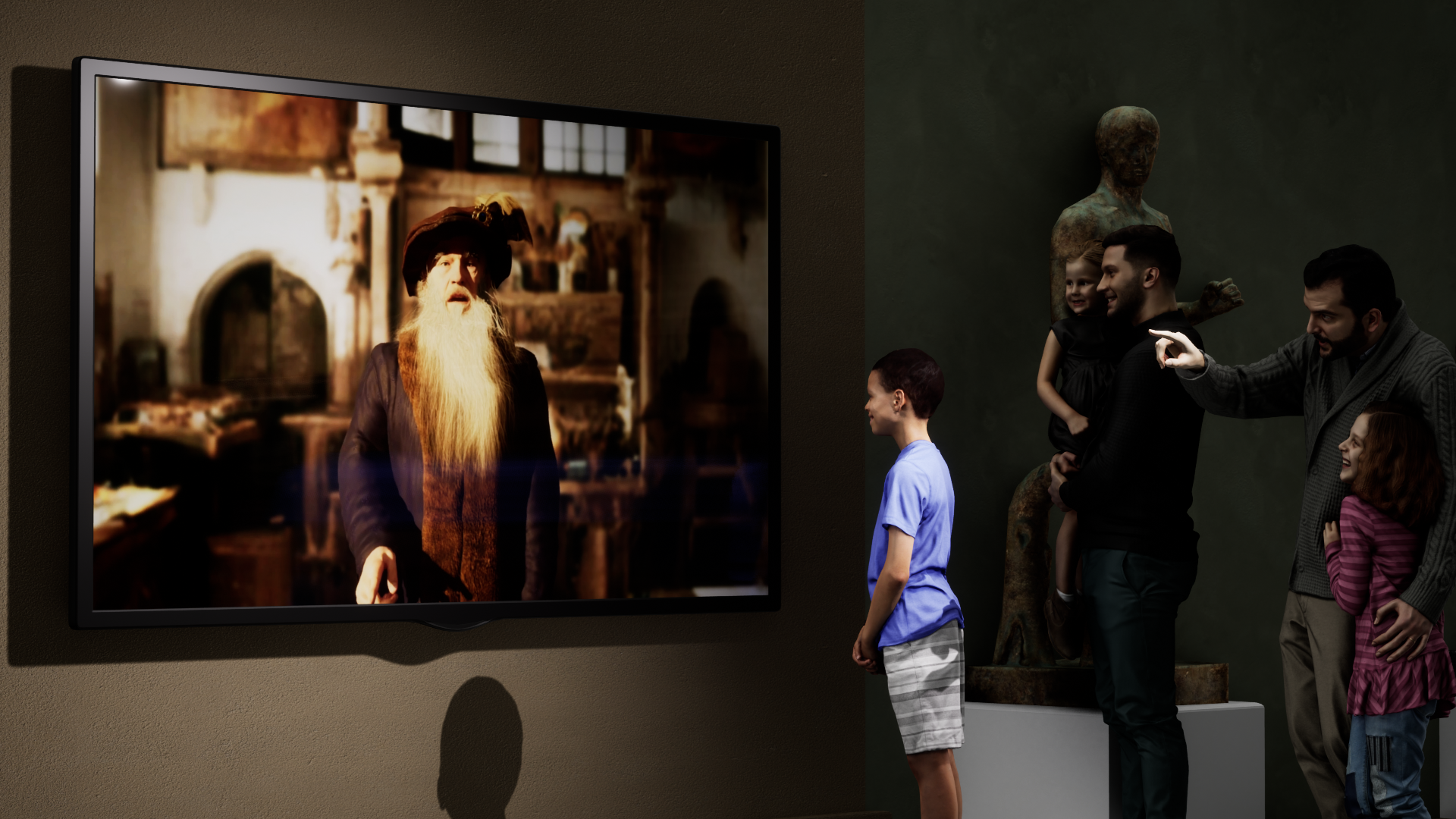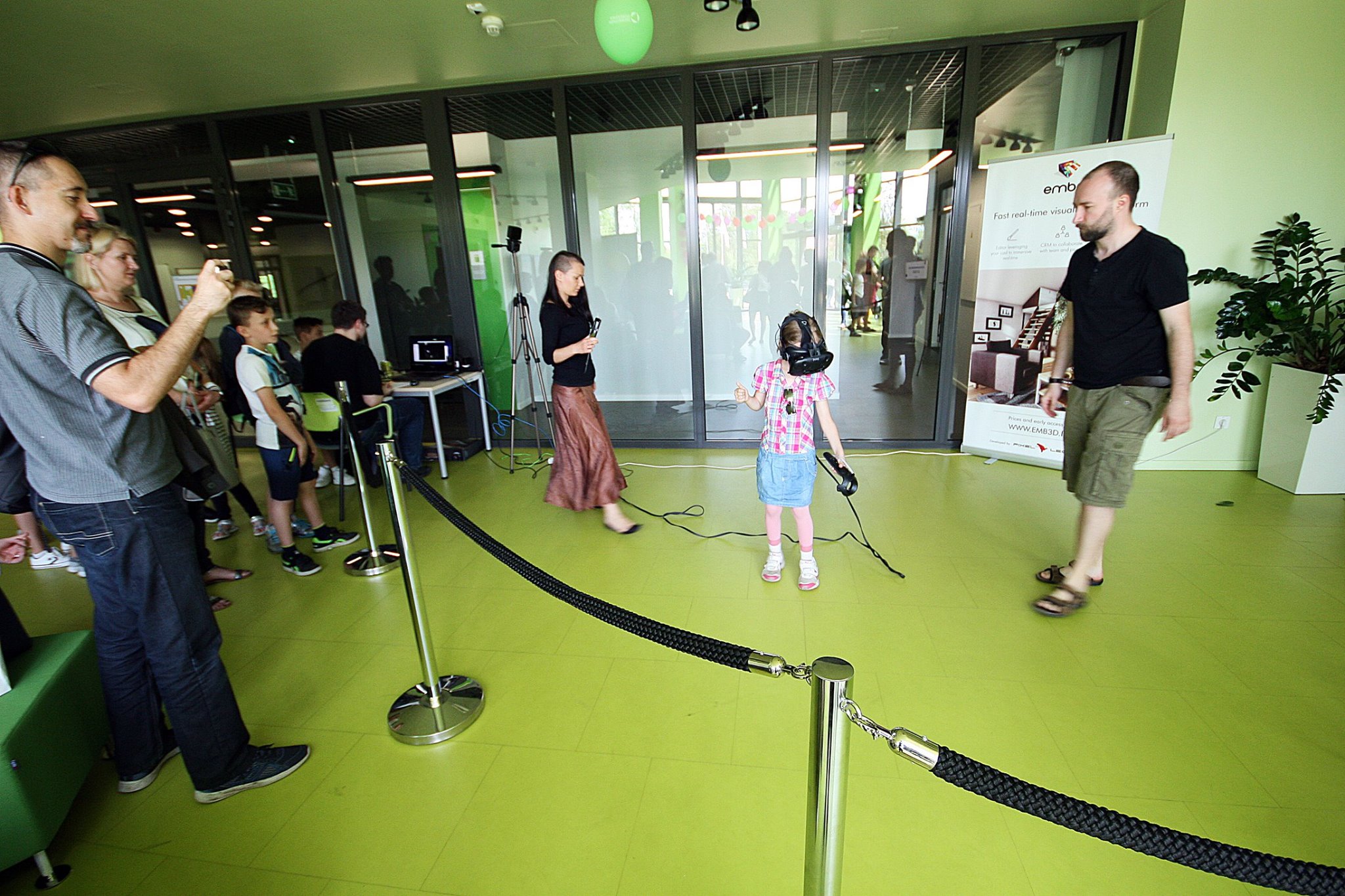
Immersive Experiences can be game changers for your business
They go beyond traditional forms of communication and have been proven to create memorable and impactful connections between brands and consumers.
Let’s explore how:
Unforgettable Impact
Immersive experiences tend to leave a lasting impression. A study by the Content Marketing Institute found that 81% of marketers believe that interactive content, such as virtual reality (VR) or augmented reality (AR), grabs more attention than static content. This translates into consumers remembering the brand and the experience more vividly.
Supercharge Engagement
According to a report by the Event Marketing Institute, 74% of consumers say they are more likely to purchase products or services after engaging in a branded event or experience. This highlights the effectiveness of immersive experiences in capturing and retaining the audience’s attention.
Emotional Connection
A study conducted by Harvard Business Review revealed that emotionally connected customers are more valuable than satisfied customers. Immersive experiences have the power to evoke emotions, making consumers feel a deeper connection to the brand. When customers feel emotionally connected, they are more likely to become loyal advocates for the brand.
Social Sharing
Immersive experiences are highly shareable on social media. When consumers have a unique and engaging experience, they are inclined to share it with their networks. This amplifies the reach of the brand and its message. According to EventTrack, 98% of consumers create digital or social content at events and experiences, further increasing the potential for virality.
Data Collection
Immersive experiences often involve data capture mechanisms. Brands can collect valuable insights about consumer behavior, preferences, and engagement levels during these experiences. This data can be used to refine future marketing strategies and personalize offerings and experiences, leading to higher conversion rates and repeat visitation.
Competitive Advantage
Engaging in immersive experiences can set a brand apart from its competitors and position it as an industry leader willing to invest in cutting-edge strategies.
ROI
The return on investment for immersive experiences is compelling. According to a survey by the Event Marketing Institute, 65% of brands report that experiential marketing directly correlates with sales and revenue.
Immersive experiences provide a unique and engaging way to connect with your clients and your audience. They increase engagement, creating lasting memories, fostering emotional connections, and ultimately drive visitation

